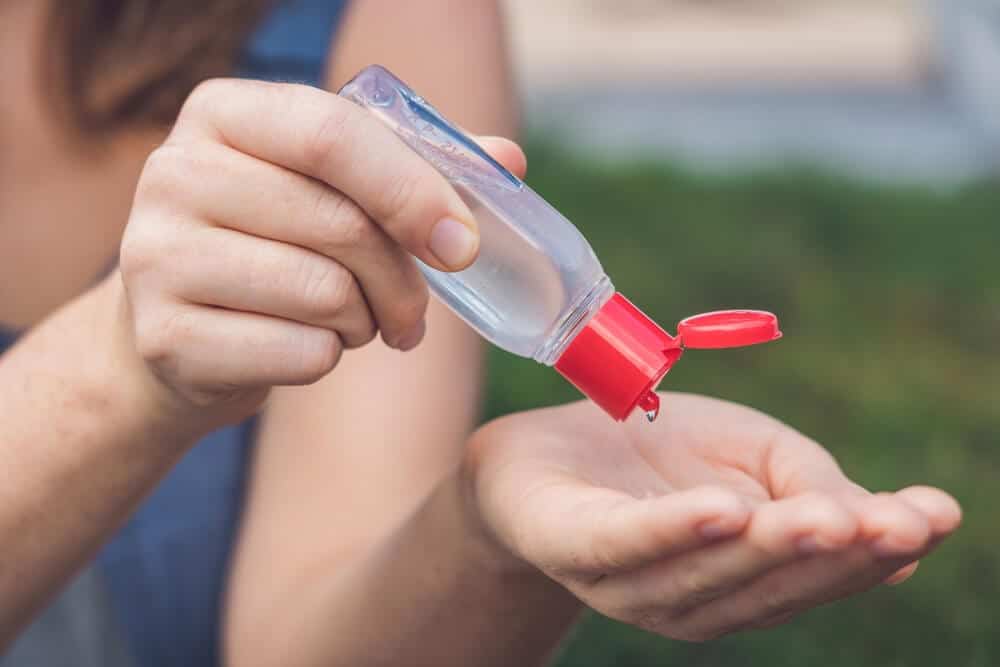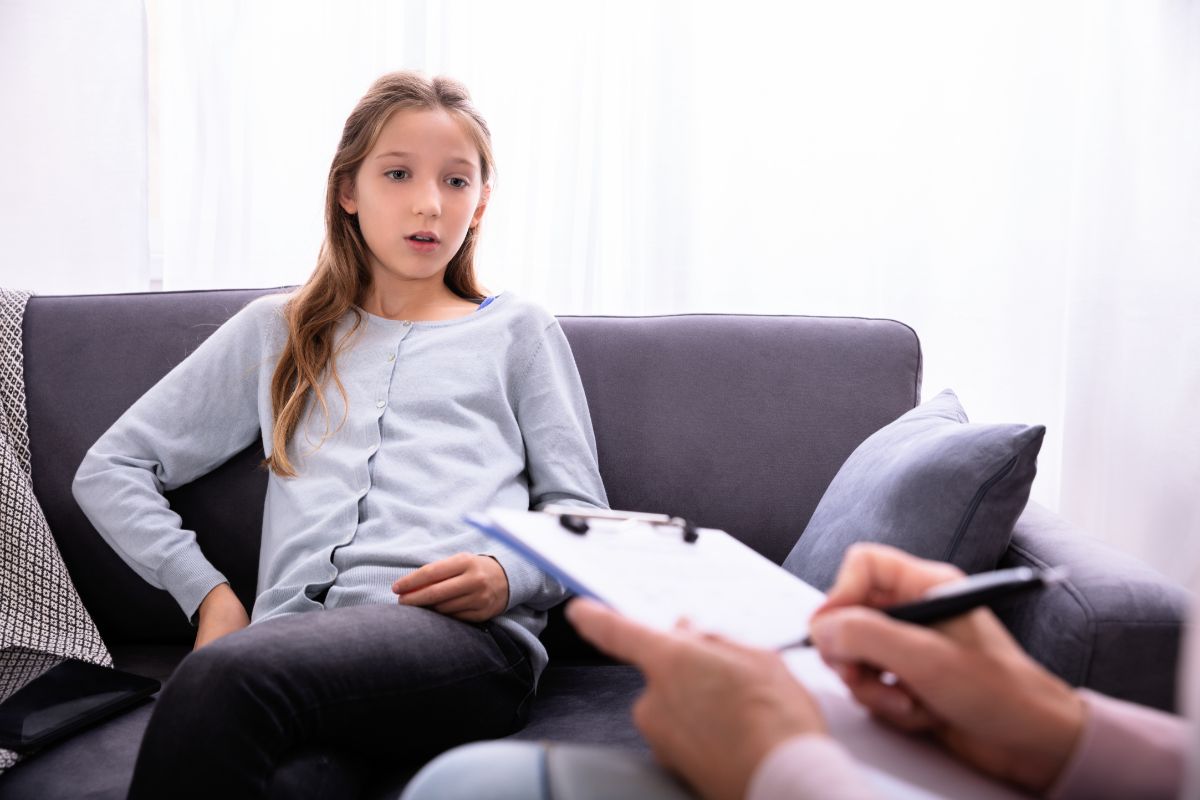
Red Flags of Teen Addiction
Parents in society today have to keep up with their teens, especially when looking for the red flags of teen addiction. Teen addiction is becoming far too common among today’s youth. Teens are internet savvy, street smart, and very resourceful. Just twenty years ago, parents were more in tune with what their teens were up to and how they handled peer pressure to use alcohol and drugs.
Today, with all the pressures of social media, the availability of new drugs, and a culture of pharming parties (when kids get together and bring in either their parents’ or own opioids to share), parents need to be even more conscious of their teens’ behavior. Parents themselves have fallen prey to social media, taking attention away from their relationships with their teens.
Social Media Pressure
The first way to ensure that you are aware of your teen’s behavior is to limit your own social media activity. Adults are just as addicted to social media as their kids are. It is well-known that the average adult spends at an average of two and a half hours a day on social media. However, their kids can spend upwards of four hours on their screens every day. With those kinds of statistics, it’s not hard to see why teen addiction is flourishing.
When a family doesn’t communicate, both the parents and the children can begin to feel a disconnect. But for teens especially, this disconnect starts to feel like abandonment. Teens can feel like their parents simply don’t care about them or love them enough to put down their phones. And while parents may struggle with feeling the same way about their teens, it is ultimately the parents’ responsibility to put down the social media and engage with their children.
If your children see you only in the morning, or worse, not at all during the work week, they may begin to feel emotionally distressed, depressed, or downright abandoned. Your children might start comparing your relationship to other parents who spend time with their kids and conclude that you don’t love them. They might also feel that you don’t care about their emotional well-being.
As such, you can risk breaking your children’s trust and love by appearing to prioritize your busy life. Of course, children do understand that sometimes, both parents have to work. However, it is critical that your teen feels that he or she is your priority. Kids, especially teens, need to be heard and shown affection.
You know you love your kids, but ask yourself this question: when was the last time you listened to your child instead of saying, “I can’t right now, I’m busy”? Teens especially are prone to engage in risky behaviors, particularly when their parents are at work. Displaying risky behavior is a way to grab a parent’s attention – negative attention is better than no attention at all is their way of thinking.
It is imperative that you ask yourself what is more important – social media or your relationship with your kids? It sounds like a question with an obvious answer, but too many parents haven’t considered it. These are the same parents who are unaware of the current drug culture among young people today.
Drugs You’d Never Suspect
It’s not unusual for parents to watch for signs of alcohol use or sniff out the use of marijuana by their teens. There are even home drug testing kits if a parent is worried about his or her teen using street drugs. But there are ways kids are getting high and drunk that you would never imagine.
Parents who don’t keep up with the latest trends among youth would be amazed because many of the teen addiction activities involve household products that are easy to find. Twenty odd years ago, it was hairspray and markers that created panic in parents. Now there are dozens of substances and YouTube “challenges” out there that are terribly dangerous:

Some teens have found themselves in the hospital because of drinking alcohol extracted from hand sanitizer. This self-made moonshine has a dangerous 60 percent alcohol content. If you are wondering how kids could learn to do that, the answer is as simple as Google. Anyone can find these recipes online, alongside recipes for homemade pot brownies or even homemade dynamite.
Teens are even managing to get high off simple spices often used in baking. “Videos of teens drinking, ingesting, and smoking large quantities of nutmeg have been popping up all over the Internet. The spice contains myristicin, a natural compound known to cause hallucinations and euphoria when taken in large doses.” The “cinnamon challenge,” made popular on YouTube, dares kids to try to swallow a spoonful of cinnamon in less than a minute. Numerous teens have ended up in hospitals after damaging their lungs and throat after choking on the cinnamon.
Digital drugs are another major concern – and most parents have never heard of them.
Binaural audio files are digital audio files that are scientifically proven to alter the brainwaves and disrupt the mental state of listeners. This can produce a similar “high” as narcotics. These tracks are both for sale online and free on YouTube. Although this may not sound that dangerous, some teens have been admitted to the hospital after undergoing strange physiological effects after I-dosing, or “Internet overdosing,” on digital tracks.
Bath salts are another dangerous teen addiction trend that you may or may not have heard of, so watch your teen’s shopping habits. It is incredibly easy for teens to sniff these dangerous products, which contain amphetamine-like chemicals. Bath salts are not always available over the counter, but teens can access them easily by ordering online. Bath salts and other household items are easy to buy over the internet, so make sure you are tracking your teen’s shopping.
One craze, called Whip-Its, is essentially any aerosol spray can of whipped cream which contains nitrous oxide (N2O). This is a cheap and easy way for teens to get their hands on N2O, or, laughing gas. The nitrous oxide high can last from a few seconds to a few minutes. It can be incredibly dangerous if taken in large doses or over an extended period of time. It can cause cardiac and neurological problems.
These seemingly outrageous and crazy trends are all out there. If your teens spend much time on YouTube or other social media, it’s almost guaranteed they have seen these trends, and perhaps participated in some of them. Parents need to be fully educated to help them spot the red flags of teen addiction.
Red Flags
Parents are reluctant to admit that their child could be addicted to alcohol or drugs. They will often overlook obvious signs and symptoms in their denial. So, what are the most obvious red flags that parents often miss that indicate teen addiction?
All teens have mood swings that can be attributed to the raging hormones that come with puberty. This is fairly normal. However, some signs of teen addiction include intense mood swings along with changes in behavior or appearance:
- Losing interest in their regular activities
- Breaking rules
- Leaving old friends for a new group
- Acting mopey, angry, or aggressive
- Sleeping a lot
These are some of the most obvious of the red flags that suggest teen addiction. However, there are other signs that parents need to watch out for in both behavior and physical appearance.
Behavioral signs of drug use or substance abuse include:
- Avoiding eye contact
- Ignoring or breaking their curfew
- Acting irresponsibly
- Frequently asking for money
- Stealing small and large things
- Locking bedroom doors
- Making secretive calls
- Isolating themselves from others/damaging relationships with family or friends
- Making excuses about random things
- Lying frequently
- Change in academic performance
- Resisting discipline or feedback
- Missing school or work
Anytime a teen starts acting in a way that is suspicious, it is okay to be suspicious. Do not worry about “invading” your teen’s privacy. Until your teen is 18, they should have no real expectation of privacy. You are not your teen’s friend – you are the parent that needs to protect the teen – even from himself or herself.
Physical indicators of possible substance use or abuse include the following:
- Poor hygiene
- Not caring about appearance
- Glazed or bloodshot eyes
- Frequent runny nose or nosebleeds
- Extremely tired or extremely hyperactive
- Headaches
- Paranoia
- Irritability
- Anxiety
- Sudden changes in mood or attitude
- Difficulty staying focused
- Wearing long sleeves even in warm weather (to hide track marks or cutting)
- Pupils larger or smaller than usual
- Cold, sweaty palms or tremors
- Sores on mouth
- Puffy, swollen face
If it is clear that your teen is displaying sets of both behavioral red flags and physical red flags, it’s time for you to intervene for the teen’s own safety.
How to Intervene
Once you have determined without a doubt that your teen is deep into teen addiction, it’s time for you, the parent, to intervene. It often starts with a simple conversation. Ask your teen directly if he or she is using. The teen will more than likely say no immediately, whether it is true or not. While it is tempting to get angry and accuse your teen of lying, it is best to stay calm and present your evidence.
However, it is possible that parents can have conversations about addiction with their teen and still see no change in the teen’s behavior. In this case, the family may need to employ a more dramatic approach: a formal intervention. Interventions are intensely structured conversations that come after the family members have a significant amount of practice. Interventions are intended to help break through the denial and get the addicted teen into treatment.
The interventionist starts planning by asking the parents to gather an intervention team. This can include parents, aunts, uncles, siblings, and grandparents. There is also good reason to include the teen’s friends or teammates from school. Interventions that “include the teen’s close friends who do not use drugs may find that the intervention is slightly more effective. The intervention team then meets with the interventionist to develop a script for the intervention and rehearse.”
Sometimes, the professional interventionists will ask family members to write letters to the teen about how his or her addiction has impacted them and read these letters out loud to the teen during the intervention. There are other methods used by interventionists, but the point is for the family and friends to stick to a script because emotions will run high during an intervention.
In the worst case scenario, parents can hire professional interventionists to physically take an uncooperative teen under the age of eighteen to a hospital or rehabilitation facility like Beachside. However, while parents have the right to admit their teens to a program for rehabilitation, once the teen is 18, he or she is legally an adult and cannot be compelled to enter rehab by a parent.
What is most important is that the entire family, good friends, and others who know the teen well act as a united front during the intervention. The teen is more likely to enter rehab voluntarily if shown compassion, love, and support during the intervention. And teen addiction is not something families should ever consider trying to treat at home. Licensed medical and health care professionals are the right people to help your family with teen addiction.
Conclusion
Teen addiction is not something to be brushed off or taken lightly. Parents need to know that if their teen is suddenly acting differently, suddenly becomes secretive, stops eating or sleeping, or stops taking care of himself or herself, it is their responsibility to start asking questions. Your teen may get angry with you or accuse you of “snooping”, but every parent who sees the red flags of teen addiction should act immediately.
The medical professionals at Beachside Treatment Center will not only help your teen to detox from the substance they’re addicted to but will also identify and diagnose the underlying reasons of the addiction disorder and help them both recognize and break free from their triggers. Get your teen the help that they need today!



